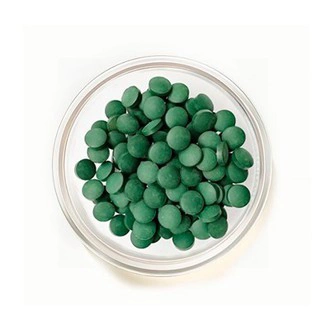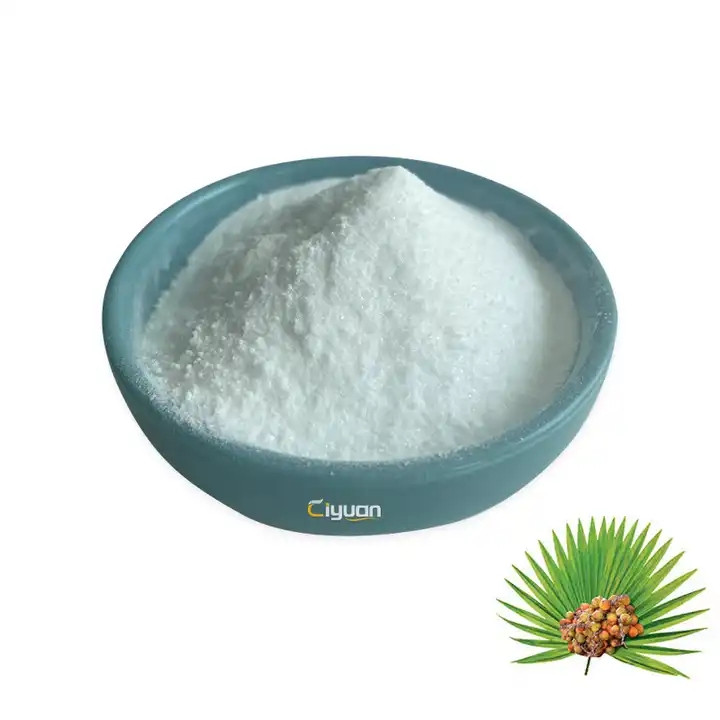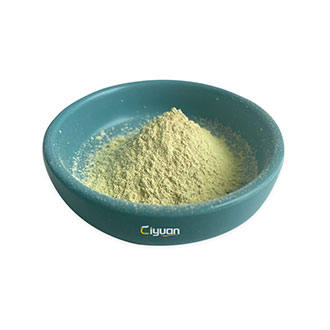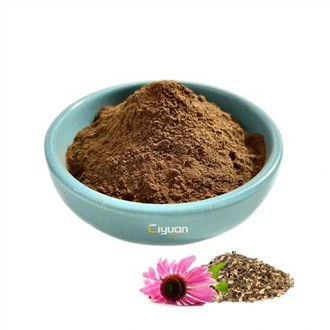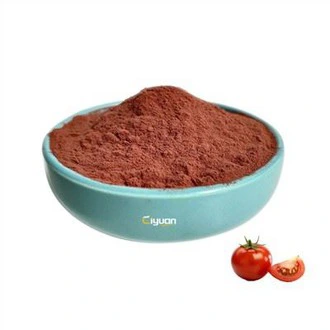Forms of Saw Palmetto Supplements

Capsules and Tablets
Saw Palmetto Powder is commonly available in the form of capsules or tablets, making it convenient for individuals seeking a standardized and easily measurable dosage. This form is popular among those who prefer a straightforward and consistent way to incorporate Saw Palmetto into their daily supplement regimen.
Liquid Extracts
Liquid extracts of Saw Palmetto offer an alternative for those who may have difficulty swallowing pills or prefer a more flexible dosage. These extracts are typically prepared using alcohol or glycerin as a solvent to extract the bioactive compounds from the berries.
Powdered Form
Some supplements provide Saw Palmetto in powdered form, allowing for versatility in consumption. The powdered extract can be mixed into beverages or added to foods, providing a discreet way to integrate Saw Palmetto into one's diet.

What is It?

Derived from the berries of the Saw Palmetto plant (Serenoa repens), this extract has a rich history of traditional use and a growing body of scientific exploration supporting its efficacy. One of the most well-known applications of It is in supporting prostate health, especially in aging men. Benign Prostatic Hyperplasia (BPH), a non-cancerous enlargement of the prostate gland, is a common condition among older men. Some studies suggest that It may help alleviate symptoms associated with BPH, such as urinary difficulties. The exact mechanisms are still under investigation, but it's hypothesized that the extract may influence hormones or have anti-inflammatory effects.
It holds promise as a natural remedy with potential benefits for prostate health, urinary function, hair loss, and more. While research is ongoing, the available evidence suggests that It could play a valuable role in promoting overall well-being. As with any natural supplement, the quality of the product is paramount. Industry standards, extraction methods, and sourcing can significantly impact the efficacy of It. Consumers and professionals alike should prioritize products that adhere to stringent quality control measures and transparency in their production processes.


COA

ITEM | STANDARD | TEST RESULT |
Fatty Acid | ≥45% | 46.23% |
Physical & Chemical | ||
Appearance | White fine powder | Complies |
Odor | Characteristic | Characteristic |
Particle Size | 100% through 80mesh | Complies |
Loss on Drying | ≤5.0% | 3.21% |
Ash | ≤5.0% | 3.87% |
Heavy Metal | ||
Pb | ≤0.5ppm | 0.560ppm |
As | ≤1.0ppm | 0.065ppm |
Cd | ≤1.0ppm | 0.088ppm |
Hg | ≤0.1ppm | 0.072ppm |
Microbiological Test | ||
Total Plate Count | ≤10,000cfu/g | <1,000cfu/g |
Yeast & Mold | ≤100cfu/g | <100cfu/g |
E.Coli | Negative | Complies |
Salmonella | Negative | Complies |
Benefits

Sexual Health Considerations
Apart from its impact on prostate and urinary health, It has also been linked to certain aspects of sexual health. Some men turn to this herbal remedy in the hope of addressing issues like low libido and sexual dysfunction.
While the exact mechanisms are not fully understood, it's theorized that It's influence on hormonal pathways and its potential anti-inflammatory properties could contribute to improvements in sexual function. However, it's essential to approach these claims with a degree of caution, as the scientific evidence in this area is still evolving.
Navigating the Research Landscape
As with any supplement, it's crucial to approach the purported benefits of It with a critical mindset. While there is a growing body of research supporting its potential in prostate and urinary health, the scientific landscape is dynamic, and ongoing studies continue to refine our understanding of its mechanisms and efficacy.
Hair Health and Saw Palmetto
Beyond its association with prostate health, It has been explored for its potential role in addressing hair loss. Androgenetic alopecia, commonly known as male pattern baldness, is linked to the hormone DHT. By inhibiting DHT, It may influence hair follicles' sensitivity to this hormone, potentially slowing down the progression of hair loss in some individuals.
Chromatogram


Mechanisms of Action

It exerts its effects through various mechanisms, many of which are interconnected. Its impact on 5-alpha-reductase, the enzyme responsible for converting testosterone to dihydrotestosterone (DHT), is of particular interest. By inhibiting this conversion, Saw Palmetto may contribute to maintaining a balance in sex hormones, which has implications for both men and women.
Additionally, its anti-inflammatory properties are noteworthy. Chronic inflammation is increasingly recognized as a contributory factor to various health issues, and Saw Palmetto's ability to modulate inflammatory pathways adds another layer to its potential benefits.
Hormonal Balance in Women
While the majority of research has focused on Saw Palmetto's applications in male health, there is emerging interest in its potential benefits for women. Polycystic Ovary Syndrome (PCOS), a common endocrine disorder in women of reproductive age, is characterized by hormonal imbalances, including elevated levels of androgens.
Saw Palmetto's anti-androgenic properties have led to investigations into its role in managing symptoms associated with PCOS. Some studies suggest that it may help regulate menstrual cycles, reduce hirsutism (excessive hair growth), and mitigate other symptoms related to hormonal imbalances in women.
Flow Diagram


Packing





